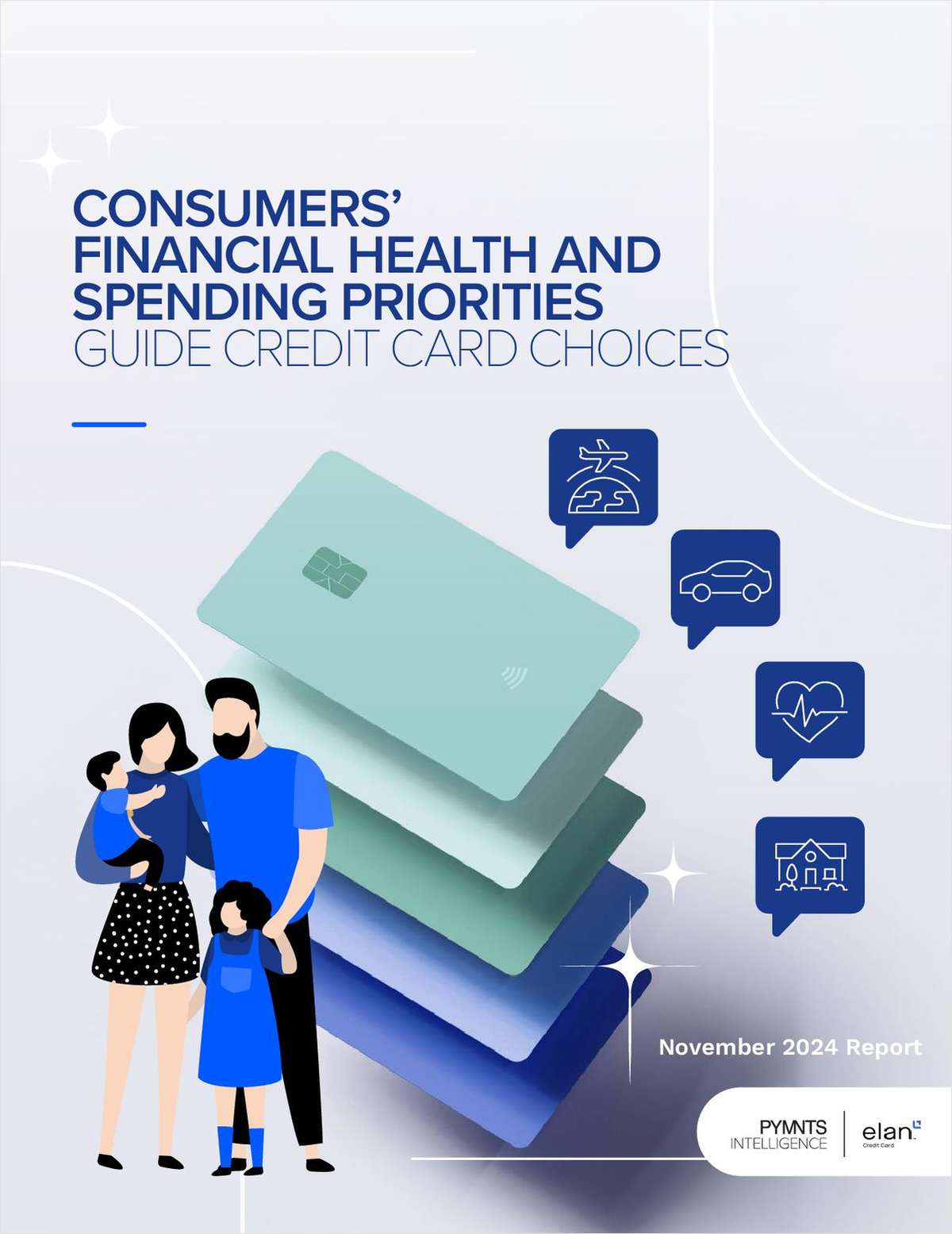Seems like only yesterday that I went out on a limb to predict what the world of credit unions would look like in the year 2002. How did I do? Being an eternal optimist, I predicted that the overall economy would improve as 2002 unfolded. It did a bit but not nearly as fast or as much as I had in mind when I looked into my crystal ball. On the other hand, it was a very good year for credit unions. For example, as predicted, growth in members served, total assets, credit union mortgage lending, etc. were all up, as was expansion into low-income areas. I also said the massive influx of money into the safe harbor of credit unions would begin to depart. It didn't. The number of credit unions hitting $1 billion in assets zoomed to 63; I had predicted 60. The number of corporates did decrease as predicted. However, I couldn't have been more off the mark in predicting that Wescorp CEO and legend Dick Johnson's big shoes would be filled by someone from outside the credit union industry. In fact, the new Wescorp CEO was already managing a large credit union. I was dead on in predicting the departure of several high-profile credit union CEOs (think Bob Bream and Stan Hollen) and that more new CU CEOs would continue to come from within the credit union industry as well as banking. Both happened. My no-brainer prediction that the total number of credit unions would continue to slide downward was correct of course. Merging credit unions and those considering charter switches were larger as predicted. However, a marriage between two very big credit unions didn't materialize. (Be patient. My prediction may have been a little too early.) Other predictions on target included the growth and diversification of all sorts of CUSOs; a new competitive face on traditional credit union data processors did occur; and a plethora of tech options emerged from traditional as well as unexpected sources as predicted. Some did well but others never got off the ground or ran into financial problems or both as also predicted. A number of predictions centered on NCUA. All hit the bulls eye. For example, the board did operate for a time with two members instead of three. Dennis Dollar was moved into the top spot amid credit union cheers and was joined by two unknown women, one a Republican and one a Democrat. Almost immediately the new NCUA Board begin to vote unanimously more often than voting along partisan lines as I predicted. Also predicted, Dollar hit the ground running. RegFlex made headlines as did incidental powers, actions affecting corporate credit unions, NCUA budget matters, and a bold new approach to the banker bugaboo, namely, field of membership expansions, the predicted "at least one new initiative." I also said that early enthusiasm for additional private insurance initiatives would fade. I was right since the group that raised seed money to possibly get something going went into hibernation. On the other hand, I did not foresee that one of the country's largest credit unions would abandon NCUSIF coverage and sign up with the largest private insurer for its member insurance coverages. As predicted, when Board Member (and Chairman for a short time) Yolanda Wheat went away, so did CAP. Or did it? I did not predict that a new member of the NCUA Board would find ways to breathe life into the immensely unpopular proposal through the back door. Regarding credit union trade group predictions, none had quite as good a year as I enthusiastically predicted they would from my January 2002 perspective. But it was still a year where CUNA, NAFCU, and NASCUS earned their keep in the legislative and regulatory arenas. However, all continued to struggle to get convention attendance numbers back up to their glory days, as also predicted. Various surveys throughout the year again gave high marks to credit unions, as predicted, but the numbers did continue to slip a bit. As also predicted, credit union trade groups continued to spin all survey results rather than look for root causes for the slippage. Credit unions continued to build impressive headquarters and branch facilities, as predicted, but also made great strides on the technology side of delivery systems, as also predicted. Also, the predicted shake-out among high-tech vendors did happen. The number of credit unions deciding to sell their credit union credit card portfolios did increase substantially as predicted. Also, the number of organizations to help them through the process multiplied like rabbits. National leaders did step down as predicted but I can't claim this as a successful prediction because they were not the ones I expected to say sayonara. (Stay tuned!) So far it appears my crystal ball was in pretty good form for 2002 predictions. Not entirely. I predicted with great confidence that aggregation would come of age in 2002. Didn't happen. Not even close. Getting members to commit to this technology is proving to be a much harder sell than envisioned. I also was absolutely sure that this time around, after years of indecision and politicking, that Congress would pass a watered-down version of bankruptcy reform before adjourning. Again, it didn't happen. Close but no cigar despite Herculean efforts by credit unions and their representatives. As a column-ending throw away prediction I said at least one credit union CEO would be fired for spending too much time sending out offense e-mails to friends and relatives. Didn't happen. It should have. Next year? Things involving and affecting credit unions are happening so fast that this prediction business is getting more difficult every year. Nevertheless, I'll be back in my next column to look ahead to 2003. Comments? Call 1-800-345-9936, Ext. 15, or Fax 561-683-8514, or E-mail [email protected].
Complete your profile to continue reading and get FREE access to CUTimes.com, part of your ALM digital membership.
Your access to unlimited CUTimes.com content isn’t changing.
Once you are an ALM digital member, you’ll receive:
- Breaking credit union news and analysis, on-site and via our newsletters and custom alerts
- Weekly Shared Accounts podcast featuring exclusive interviews with industry leaders
- Educational webcasts, white papers, and ebooks from industry thought leaders
- Critical coverage of the commercial real estate and financial advisory markets on our other ALM sites, GlobeSt.com and ThinkAdvisor.com
Already have an account? Sign In Now
© 2025 ALM Global, LLC, All Rights Reserved. Request academic re-use from www.copyright.com. All other uses, submit a request to [email protected]. For more information visit Asset & Logo Licensing.









